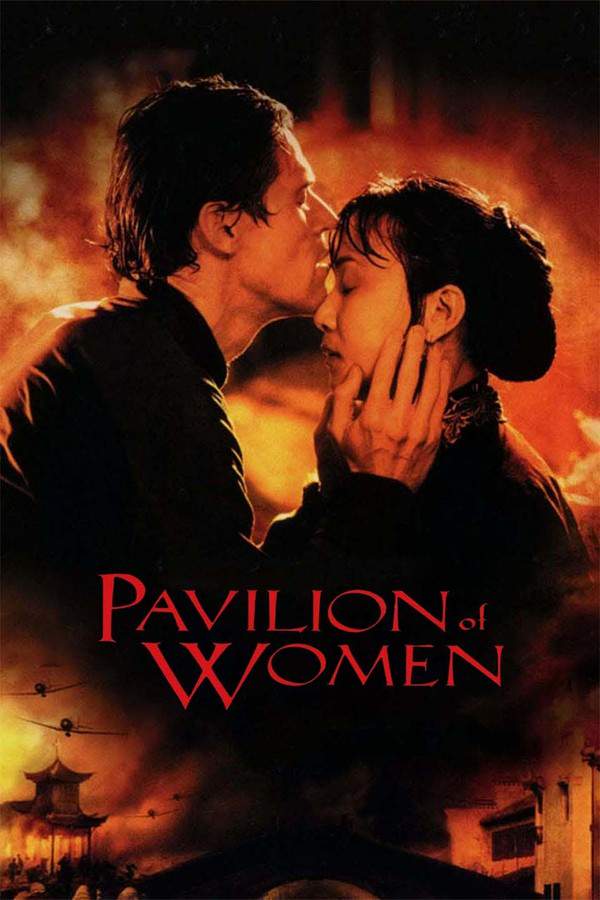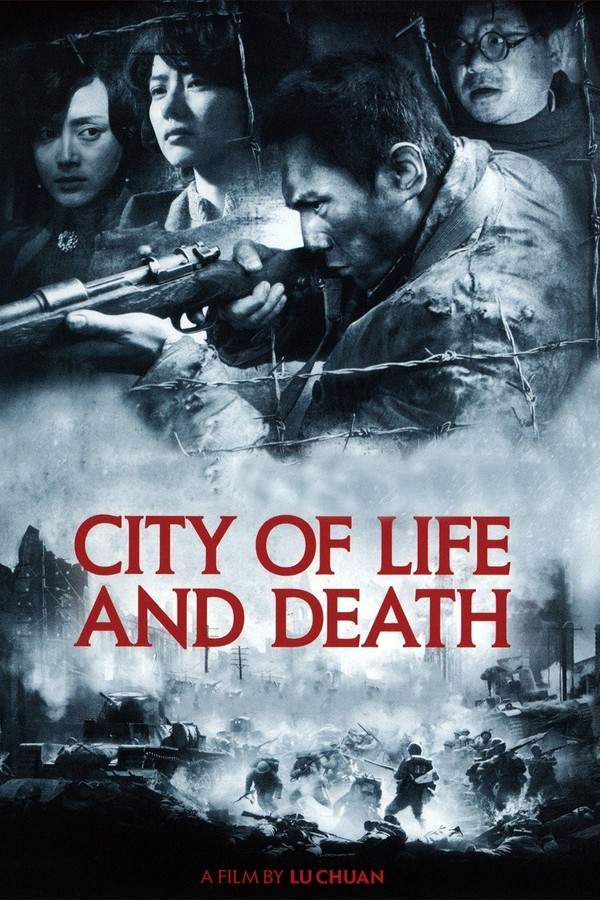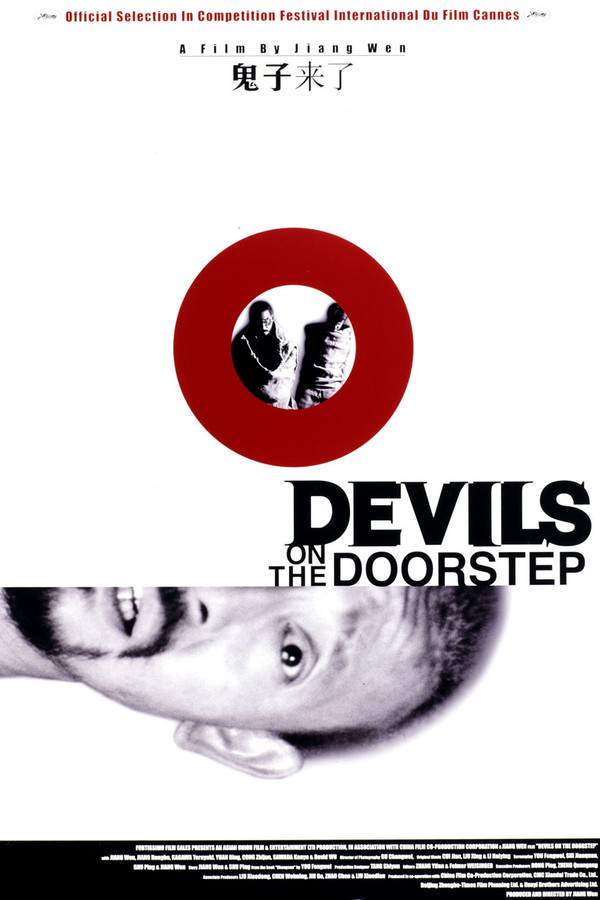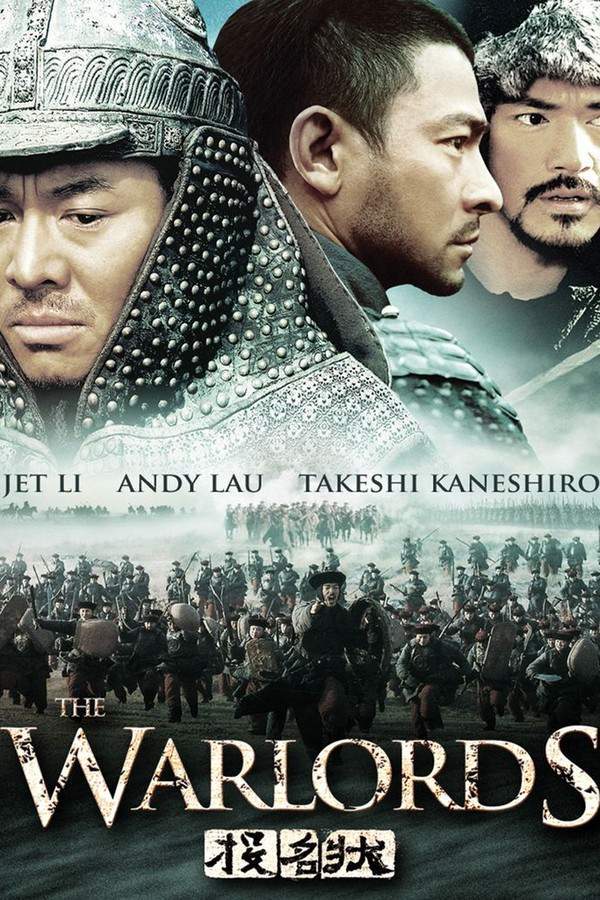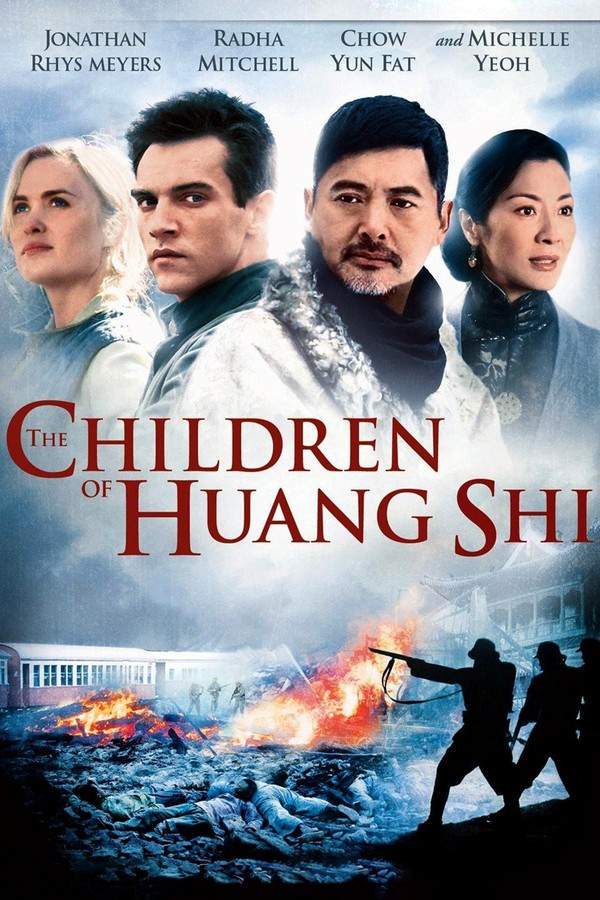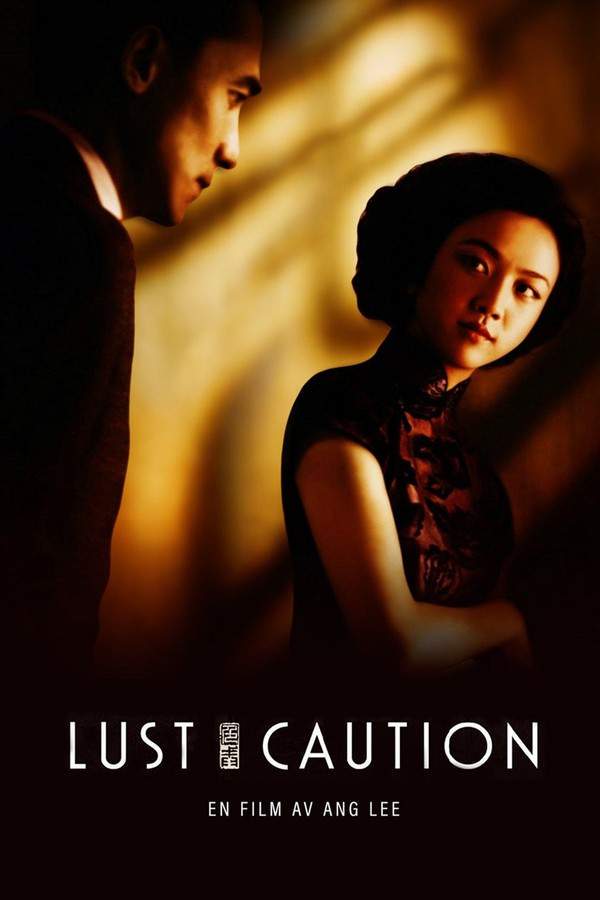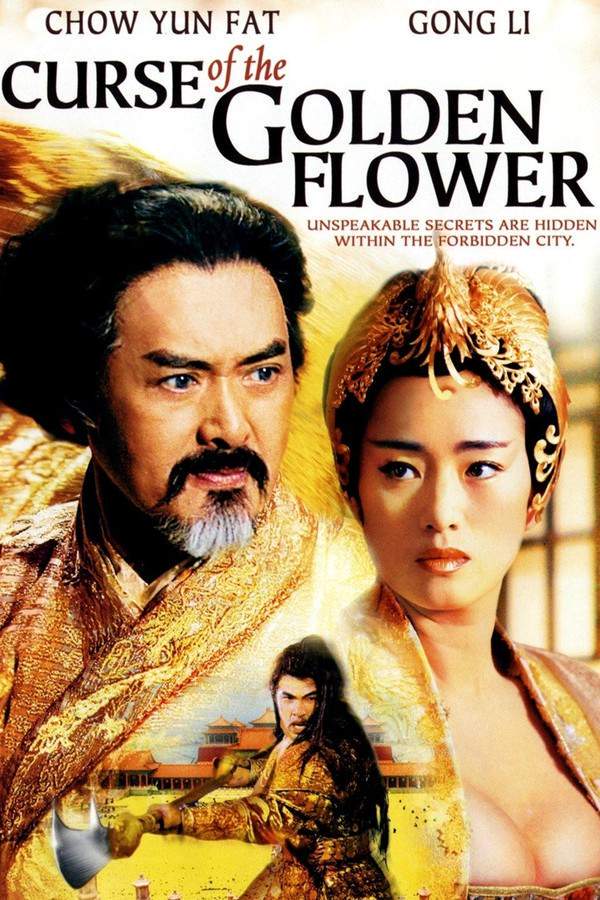
The Flowers of War 2011
Directed by
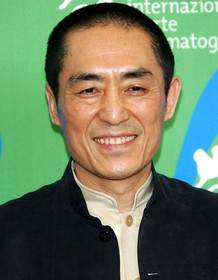
Yimou Zhang
Made by

Row 1 Entertainment
The Flowers of War Plot Summary
Read the complete plot summary and ending explained for The Flowers of War (2011). From turning points to emotional moments, uncover what really happened and why it matters.
An American mortician, John Miller, makes his way to Nanjing with the solemn task of burying the foreign head priest of a Catholic girls’ convent, just following the city’s devastating bombing and invasion by Japanese forces. Shortly after his arrival at the convent, a flamboyant group of prostitutes, seeking refuge from the chaos of the war, discover the sanctuary that the convent provides, since foreign entities appear to be spared by the marauding Japanese soldiers.
As the prostitutes find a hiding spot in the cellar, Miller is confronted with a moral dilemma regarding the protection of the vulnerable teenage schoolgirls. Ultimately, he decides to assume the role of the convent’s priest when Japanese soldiers come to the compound, searching for girls to exploit. With assistance from Mr. Meng, a local collaborator and father to one of the girls, Miller begins repairing the convent’s truck, hoping to create a means of escape for the girls from the besieged city.
A Japanese Colonel, Hasegawa, finally assures Miller that the convent will be safeguarded by sentinels stationed at the entrance. However, this false sense of security is quickly shattered when Hasegawa demands that the girls perform a choral piece for him. Following their performance, he extends an official invitation for the girls to participate in the Japanese Army’s victory celebration. Concerned for their safety, especially as the guards seem primarily concerned with confining the girls, Miller refuses the invitation, only to find that Hasegawa sees it not as a mere request but as a direct order, insisting that the girls will be taken the next day.
In a twist of fate, the Japanese soldiers inadvertently count one of the prostitutes, who has wandered out in search of her cat, bringing the total to thirteen. Inspired by their leader, Yu Mo, the prostitutes decide to intervene and shield the girls by confronting the Japanese on their behalf. Though initially opposed to their brave resolution, Miller ultimately aids them in disguising their appearances, employing his expertise as a mortician.
The following day, the thirteen are escorted by oblivious Japanese soldiers, while Miller cleverly hides the convent girls in the truck he has repaired. Utilizing a special permit acquired by Mr. Meng, he drives away from the town. In the poignant final scene, the truck can be seen traversing a deserted highway, moving towards safety, far from the advancing threat of the Japanese army.
The Flowers of War Timeline
Follow the complete movie timeline of The Flowers of War (2011) with every major event in chronological order. Great for understanding complex plots and story progression.
John Miller Arrives in Nanjing
American mortician John Miller arrives in Nanjing with a solemn purpose to bury the foreign head priest of a Catholic girls' convent. This event occurs shortly after the devastating bombing of the city, highlighting the chaos engulfing the area.
Prostitutes Seek Refuge
A group of flamboyant prostitutes discovers the convent as a safe haven from the Japanese forces invading the city. They find sanctuary in the convent, believing foreign entities like themselves are spared from the marauding soldiers.
Miller Faces a Moral Dilemma
As the prostitutes settle in the cellar, Miller grapples with a moral dilemma concerning the safety of the convent’s teenage schoolgirls. He realizes he must take action to protect them in the face of imminent threat.
Assuming the Role of Priest
When Japanese soldiers arrive at the convent searching for girls to exploit, Miller decides to disguise himself as the convent's priest. This decision is pivotal as it allows him to create a facade of protection over the vulnerable girls.
Repairing the Truck for Escape
Miller, with the help of local collaborator Mr. Meng, begins repairing the convent’s truck in hopes of creating an escape route for the girls. This act underscores his determination to safeguard the schoolgirls amid the conflict.
Japanese Colonel Enters
A Japanese Colonel named Hasegawa arrives and assures Miller that sentinels will protect the convent. However, this promised safety is swiftly undermined by Hasegawa's demands and the underlying tension of the situation.
Choral Performance Ordered
Hasegawa insists that the girls perform a choral piece as a display for him. Following their performance, he extends an invitation for them to partake in a Japanese Army victory celebration, further escalating the danger they face.
Miller Refuses the Invitation
Worried for the safety of the girls, Miller vehemently refuses Hasegawa's invitation. The Colonel, however, interprets this refusal not as a choice but as defiance, insisting the girls will be taken the next day.
Prostitutes Plan to Protect the Girls
In a twist of events, a prostitute is inadvertently counted with the girls, bringing their total to thirteen. Inspired by their leader Yu Mo, the prostitutes rally together to intervene and shield the schoolgirls from the Japanese soldiers.
Miller Aids in the Disguise
Despite his initial hesitation, Miller uses his skills as a mortician to help the prostitutes disguise themselves. This collaborative effort emphasizes the unity between the vulnerable groups in their fight for survival.
The Thirteen Begin Their Escape
As the following day arrives, the thirteen, including the disguised prostitutes, are unknowingly escorted by Japanese soldiers. Meanwhile, Miller cleverly hides the convent girls in the truck he has repaired, maintaining the ruse.
Driving Towards Safety
Utilizing a special permit secured by Mr. Meng, Miller drives away from the besieged town. This act of escape symbolizes a hard-fought victory against the overwhelming threat of the Japanese forces.
Final Scene of Hope
In the poignant final scene, the truck is seen traveling down a deserted highway, moving towards safety. This imagery represents the hope and resilience of those who managed to survive the calamity of war.
The Flowers of War Characters
Explore all characters from The Flowers of War (2011). Get detailed profiles with their roles, arcs, and key relationships explained.
John Miller (Christian Bale)
John Miller is an American mortician who embodies both compassion and courage. He finds himself faced with a profound moral dilemma as he seeks to protect the innocent schoolgirls from the horrors of war. Miller’s transformation into the convent's priest showcases his deep sense of responsibility and dedication to saving lives.
Hasegawa (Ni Ni)
Hasegawa is a Japanese Colonel who represents the oppressive forces invading Nanjing. His authority and expectations bring tension to the story, forcing the characters into challenging situations. Although he initially offers a semblance of security, his true intentions reveal the peril that looms over the girls.
Yu Mo (Ni Ni)
Yu Mo is a leader among the prostitutes who seek refuge in the convent. Her bravery inspires others to take action against the soldiers and defy their fate. Yu Mo’s character shines through her commitment to protect the schoolgirls, showcasing her strength and determination in times of crisis.
The Flowers of War Settings
Learn where and when The Flowers of War (2011) takes place. Explore the film’s settings, era, and how they shape the narrative.
Time period
1937
The movie is set during the Second Sino-Japanese War, specifically in 1937 when Nanjing fell to Japanese forces. This tumultuous period was marked by widespread violence and suffering, with foreign entities often caught in the conflict. The events illustrate the moral complexities faced by individuals in times of war.
Location
Nanjing, Catholic girls' convent
Nanjing, the capital of Jiangsu province, is known for its rich history and cultural significance. The Catholic girls' convent stands as a sanctuary amid the chaos of war, providing refuge to those in need. Its serene environment contrasts sharply with the devastation surrounding it.
The Flowers of War Themes
Discover the main themes in The Flowers of War (2011). Analyze the deeper meanings, emotional layers, and social commentary behind the film.
🏰
Sacrifice
Sacrifice plays a central role in the film as characters risk their lives to protect the vulnerable. John Miller, along with the prostitutes, confronts both moral dilemmas and physical dangers to save the convent girls from exploitation. Their actions highlight the nobility of selflessness in desperate circumstances.
🕊️
Hope
Despite the overwhelming situation, hope emerges as a powerful theme in the narrative. The determination of Miller and the prostitutes to safeguard the girls illustrates the resilience of the human spirit. Their collective efforts foster a glimmer of hope amidst despair, culminating in a desperate escape towards freedom.
The Flowers of War Spoiler-Free Summary
Discover the spoiler-free summary of The Flowers of War (2011). Get a concise overview without any spoilers.
In the heat‑blasted streets of 1937 Nanking, a city shrouded in smoke and uncertainty, ordinary life has been shattered by the relentless advance of war. The atmosphere hangs heavy with fear and desperation, yet pockets of humanity still flicker amid the ruin. Within this crucible of chaos, a foreign enclave offers a fragile sanctuary, its quiet corridors a stark contrast to the turmoil outside.
John Miller, an American mortician far from home, arrives on a solemn, personal mission—one that quickly places him at the heart of a desperate gathering of Chinese women and young students seeking refuge. Their presence turns the modest sanctuary into a makeshift haven, and the mortician finds himself thrust into a role far beyond his professional calling. He must navigate the fragile trust of those he protects while confronting the stark reality that his foreign status both shields and isolates him in this perilous landscape.
The group he watches over is a mosaic of lives—students whose futures have been stolen, and women whose paths have led them to an unlikely shelter. Their interactions with the outsider create a tense, yet quietly hopeful, dynamic, underscoring themes of compassion, sacrifice, and unexpected solidarity. As the city’s shadows lengthen, the mortician’s quiet competence and moral resolve begin to shape a collective resolve that hints at an audacious plan to coax the vulnerable toward safety.
Against a backdrop of looming threats and the omnipresent sound of marching boots, the film breathes a somber yet resilient tone. It asks what a single individual can do when faced with overwhelming darkness, and whether courage, even when born of circumstance, can carve a sliver of hope through the most harrowing of times.
Can’t find your movie? Request a summary here.
Movies with Similar Twists and Themes
Uncover films that echo the narrative beats, emotional arcs, or dramatic twists of the one you're exploring. These recommendations are handpicked based on story depth, thematic resonance, and spoiler-worthy moments — perfect for fans who crave more of the same intrigue.
Featured on this page

What's After the Movie?
Not sure whether to stay after the credits? Find out!
Explore Our Movie Platform
New Movie Releases (2025)
Famous Movie Actors
Top Film Production Studios
Movie Plot Summaries & Endings
Major Movie Awards & Winners
Best Concert Films & Music Documentaries
Movie Collections and Curated Lists
© 2025 What's After the Movie. All rights reserved.




